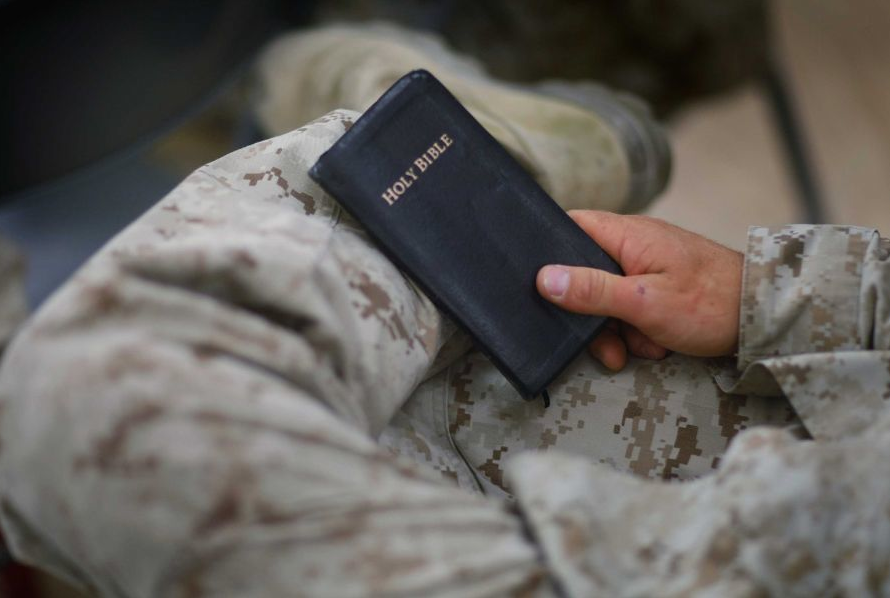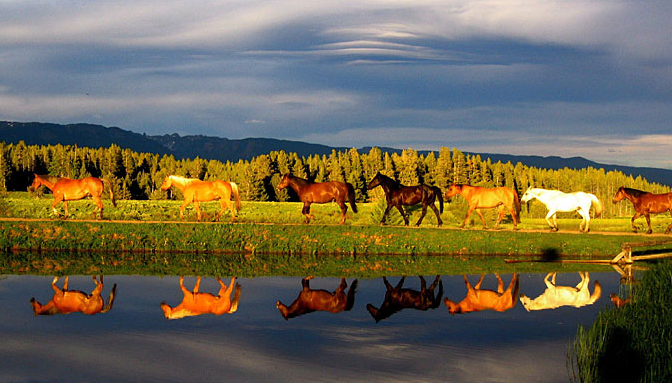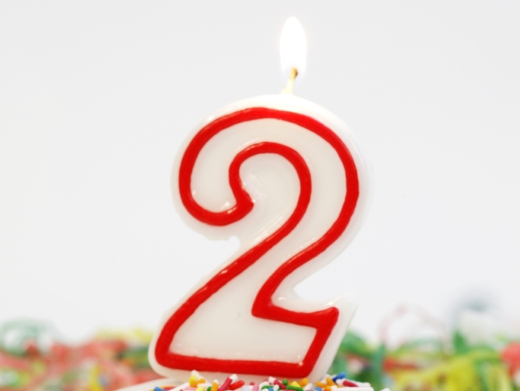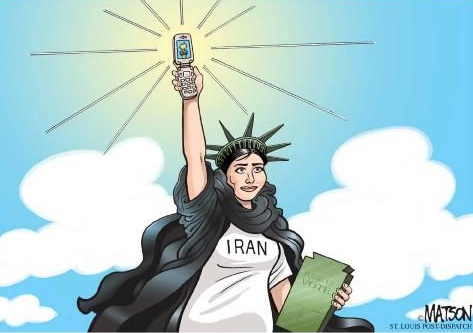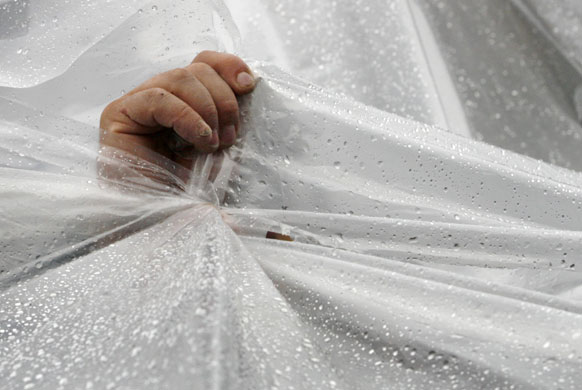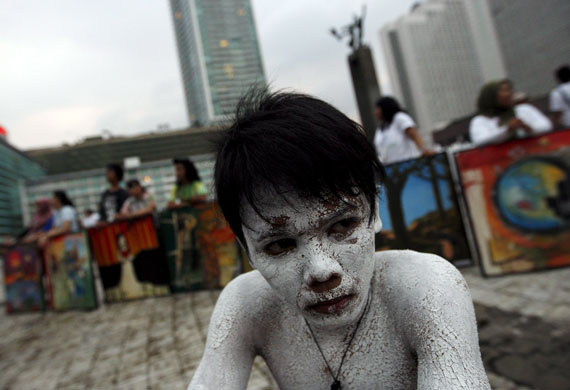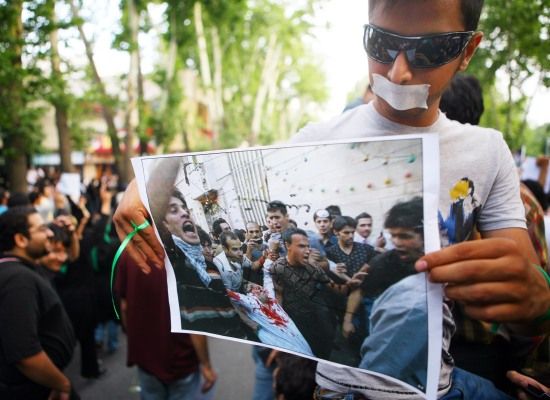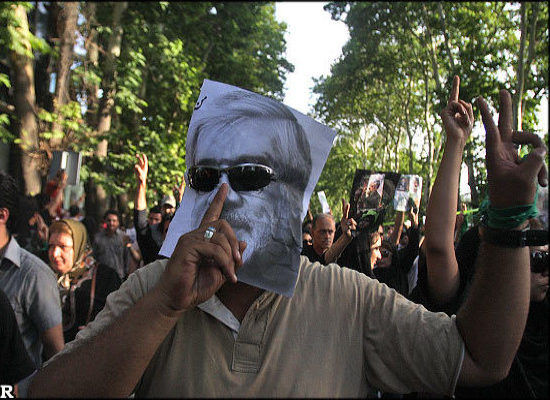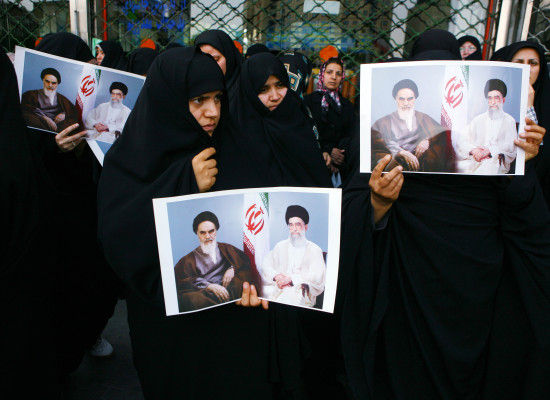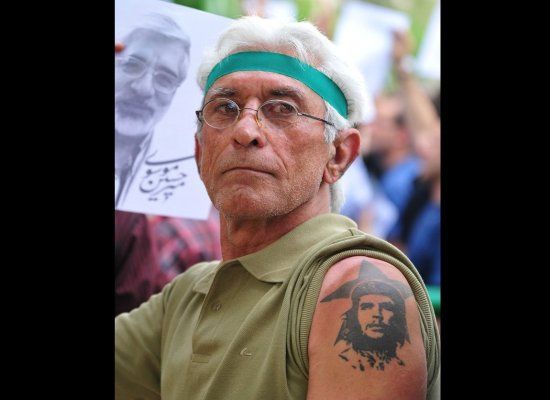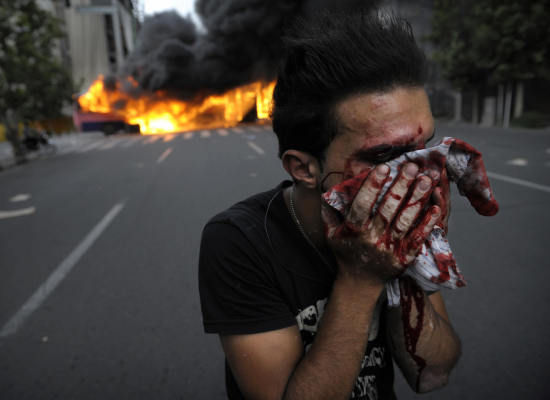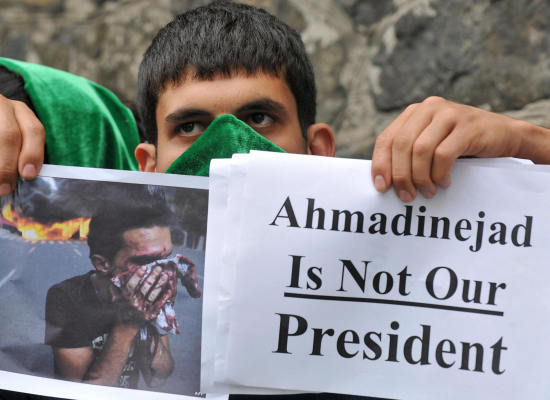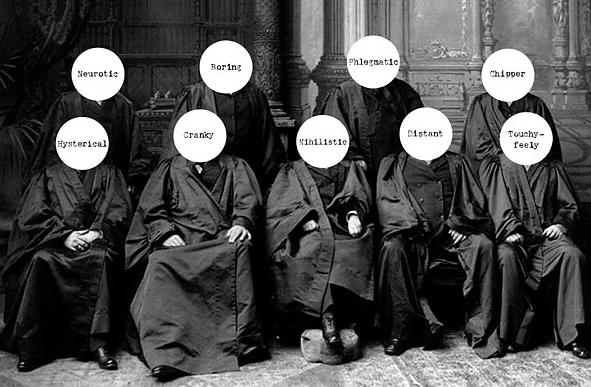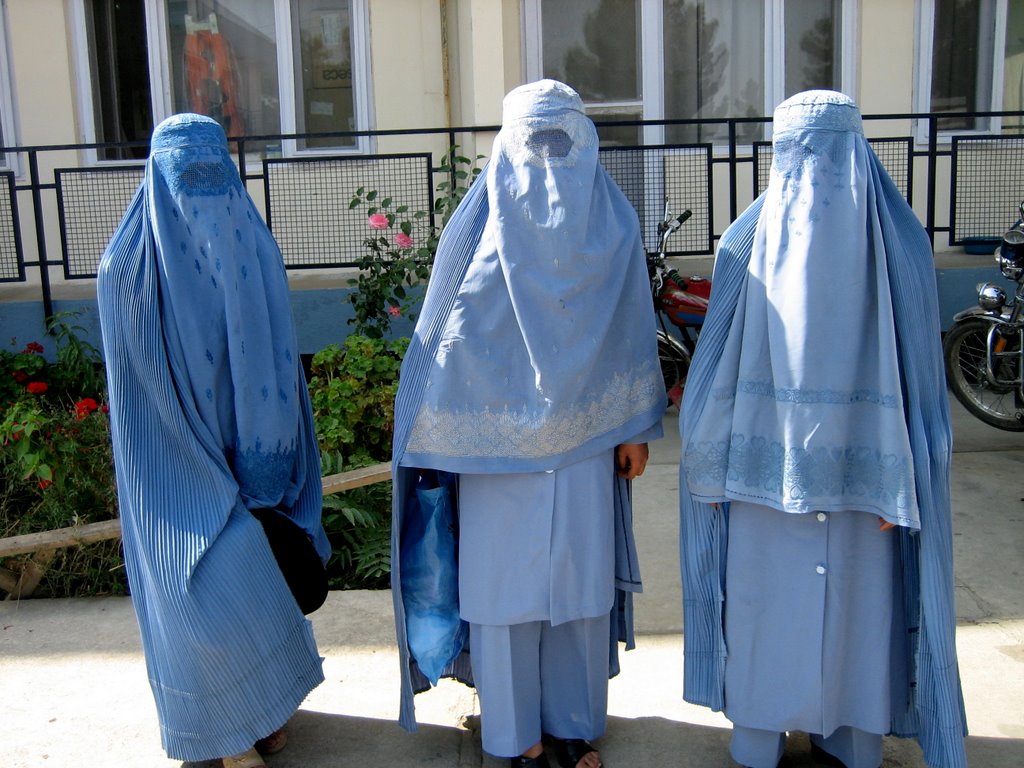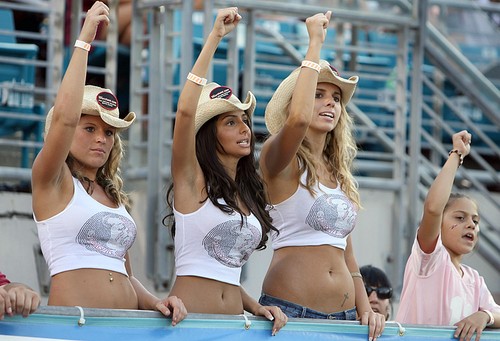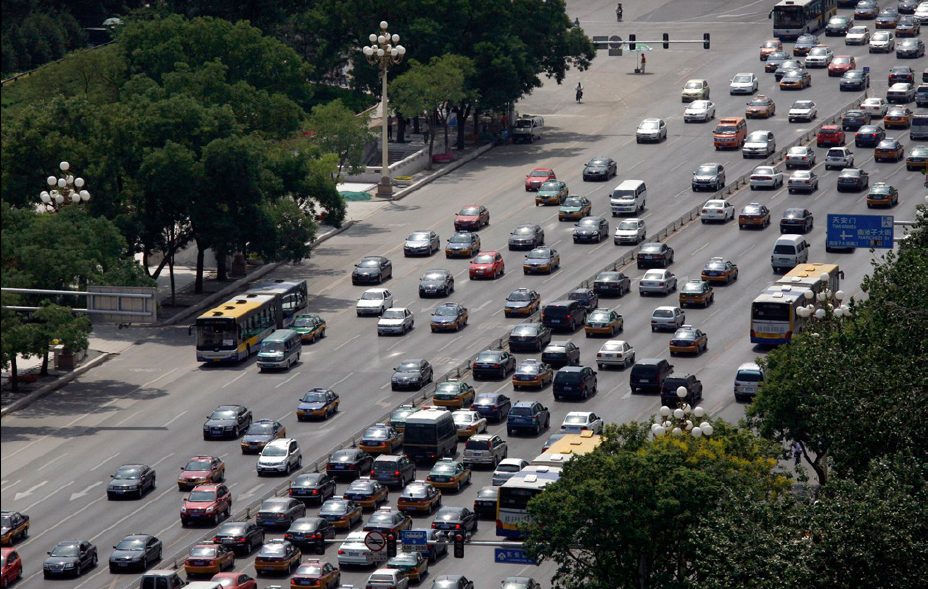The “Summer Surge” has begun in Afghanistan, though more with a whimper than a bang if we measure it in terms of media attention. The death toll creeps higher each day, but one has to search hard to find any mention of it. The stories that do appear on a war that is now eight years old (and counting) tend not to be headline fare in most U.S. news outlets, and those stories that do appear exude something of an everyday, taken-for-granted quality about the whole matter.
While news stories seem lacking, there have nevertheless been a small number of slide shows cropping up at various news outlets (here and here, for example) over the past several weeks. What marks these slide shows is their almost singular banality as they repeat over and again the same, tired, visual clichés for representing war that we have become accustomed to in recent times: tight close-ups of marines—in many cases young boys trying to appear like hardened veterans—expressing intense and stern determination; images of U.S. troops preparing to do battle or returning from battle or approaching and searching what appear to be empty villages or fighting the boredom of war or playing games with local children; photographs that feature the advanced technology of U.S. warfare, including weaponry, night vision capabilities, and so on. Rarely and only occasionally do we see some actual fighting—and perhaps for good reasons—but on the whole what we are shown are stock pictures we have seen before and but for the fact that they emphasize a desert locale, there is nothing particularly distinctive about them. In short, there would appear to be no news here.
And yet, for all that, it would be imprudent to ignore what such visual displays show us and how such “seeing” contributes to normalizing our understanding and attitudes about the war. The photograph above led off a recent slide show of forty seven images at the Denver Post website titled “Marines Pour Into Afghanistan.” One might imagine such a slide show beginning with photographs of marines parachuting from planes or embarking from helicopters, literally “pouring into” the Afghani countryside, but instead of emphasizing the activity of the headline caption we encounter an anonymous and relatively passive soldier. That the image crops out the face and head of the soldier does more than just accent his anonymity as a cipher for the U.S. military, for the photograph is shot as if literally from his point of view. Notice how the camera locates the viewer in the physical space of the soldiers’ head and eyes. We see what he sees—or what we might imagine that he sees if he were to hold his gaze—and thus the photograph coaxes our identification with his very being by suturing our vision with his.
And what he/we see, of course, is the Holy Bible, which sits at the very center of the image. And more, along with the hand that holds it, it is photographed as if in a portrait, where the face is in sharp focus and all that surrounds it is softened so as to direct and hold our attention on the main object. One might think of the photograph in this respect as one more cliché of war rhetoric, an aestheticized visualization of the old saw that “there are no atheists in foxholes.” But of course the conflict in Afghanistan is at least in some measure a religious war, and as such representations of the Holy Bible take on a much larger significance. Here, it is not just a symbol of comfort for those in harms way—though it may certainly be that—but poised at the beginning of the slide show as it is, it frames the meaning of all that follows.
But what is that meaning? We get something of a clue by attending to the brief narrative paragraph that precedes the above image where it quotes the commander of the 2nd Battalion, 8th Marines as he speaks to his troops as they are about to embark on their military mission: “You’re going to change this world this summer and it starts this morning.” The name of that mission is “Operation Khanjar, or Strike of the Sword.” Now look at the photograph one more time and notice that the Bible holds the place where one might otherwise imagine a weapon—a rifle, or in an earlier epoch, perhaps a sword—particularly in the hands of a Marine about to occupy hostile terrain. Yea, though I walk through the valley of the shadow of death …
There are other ways to interpret the photograph, to be sure, but the point here is that the photograph needs to be interpreted. And this is all the more so when the images shown by such photographs appear to be all too normal and ordinary, or when they beckon our identification all too seamlessly.
Photo Credit: Joe Raedle/Getty Images
